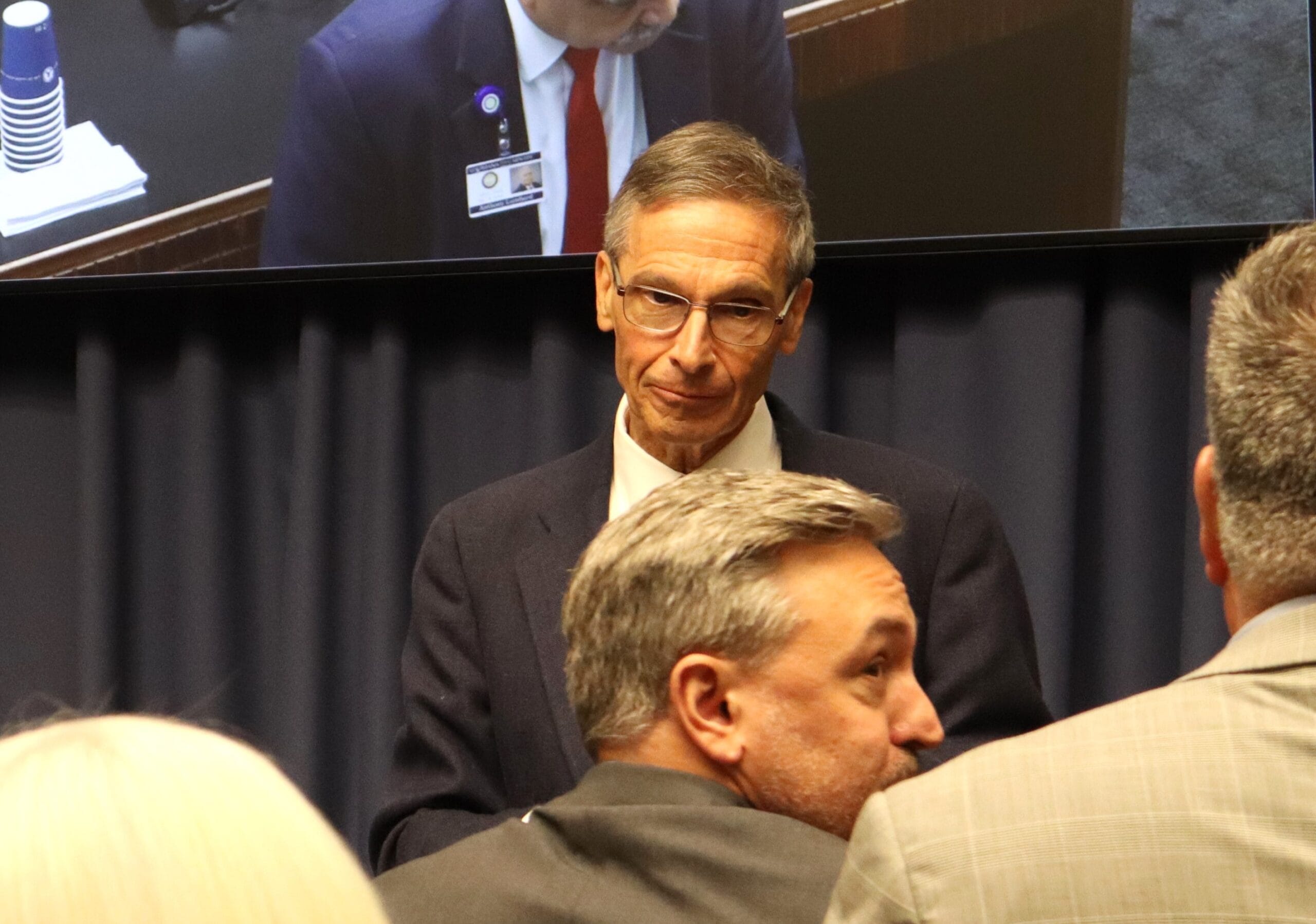The National Institutes of Health (NIH), a cornerstone of biomedical and public health research in the United States, has declared an immediate and significant reduction in its funding allocations. This change impacts the “indirect costs” associated with research grants, a category that includes administrative expenses, facility maintenance, utilities, and other overheads critical to the operation of research institutions.
Announced late Friday, the funding cut comes as part of a broader cost-saving measure aimed at reallocating federal resources. NIH officials stated that the move would save approximately $4 billion annually—a figure representing a sizable portion of the $35 billion budget deployed through the agency in fiscal year 2023. While the exact rationale for the timing of this large-scale funding reduction was not fully disclosed, the agency emphasized ensuring “as many funds as possible go toward direct scientific research.”
Researchers are already voicing concerns. Throughout the U.S., universities, medical schools, and other research institutions that heavily rely on NIH grants are grappling with the potential fallout. These “indirect” funds, also known as overhead costs, are essential for the seamless operation of research projects. From laboratory utilities and infrastructure to legal compliance and records management, the implementation of these grants has long been a defining feature of federally supported research.
The Immediate Impact on Institutions
The abrupt reduction impacts over 300,000 researchers affiliated with more than 2,500 medical schools, hospitals, and universities to which the NIH provides grants annually. These institutions have built complex partnerships and research initiatives dependent on consistent economic and operational backing. Losing a major source of indirect funding puts a substantial financial strain on institutions, particularly on projects in their nascent stages.
The newly capped support for overhead expenses, limited to 15% or lower under the new policy, leaves many research institutions at loggerheads. Many experts note that “indirect costs” constitute anywhere from 25% to over 50% of project budgets at leading universities, meaning these cuts could force institutions to absorb costs themselves, shrink budgets, or halt programs.
Critical Research at Risk
Biomedical research areas reliant on consistent federal funding now face uncertainty. Biomedicine, encompassing groundbreaking work in areas such as cancer treatment, genomic analysis, and infectious diseases, has long been buoyed by partnerships between public institutions, private philanthropy, and substantial NIH funding.
The timing of the cuts is also raising eyebrows given the global demand for rapid progress in science and medicine following unprecedented events like the COVID-19 pandemic. Experts warn that delays or discontinuations in pivotal research efforts could have long-term implications for innovation and patient outcomes.
A Domino Effect
Colleges and universities, which not only conduct direct research but also serve as training grounds for the next generation of scientists, feel particularly targeted. With fewer financial resources to maintain labs, pay support staff, or afford cutting-edge instruments, institutions may struggle to retain and develop the talent pipeline necessary for advancing human understanding of health-related phenomena.
Industries tangential to bio-med research, such as suppliers of laboratory equipment, training materials, and even administrative software, are also likely to be affected negatively. Business activity, university collaborations, and job creation are all connected intricately—and these cuts may lead to downstream economic consequences.
A Controversial Decision
The NIH’s decision has succeeded in uniting many within the research community in opposition. Numerous organizations, ranging from university councils to public health advocacy groups, issued statements calling for either a reversal of policy or, at a minimum, phased implementation plans to ease the transition.
Despite the NIH’s assurances that the funding adjustment will “maximize direct benefits to science and innovation,” critics argue that indirect financial support is equally consequential. Many see these overhead payments as vital infrastructural components—integral to both delivering results and scaling efforts.
Simultaneously, the focus on cost-saving measures raises questions about broader governmental intentions regarding biomedical and health sciences investment. Previous policies under various administrations often injected additional resources into NIH to sustain leadership across crucial global challenges, making this shift even starker in contrast to prior trends.
Long-Term Viability in Question
The immediate future remains uncertain for thousands of researchers and supporting employees attached to NIH-funded projects. Institutions are exploring alternative revenue channels, but sustainable solutions appear to be challenging without government participation.
Others argue this shake-up could force institutions toward greater efficiency, spurring innovative cost-containment strategies, creating leaner operations, or compelling deeper partnerships among private, philanthropic, and public bodies. However, these speculative benefits seem far removed from alleviating immediate financial woes.
In conclusion, the sudden reduction in biomedical funding by the NIH has effectively redrawn the landscape of research in the United States. While the NIH places an emphasis on the redistribution towards direct research outputs, the collateral damage across academic, public health, and commercial spheres cannot be ignored. Actions in the coming months—whether policy reversals, supplementary funding packages, or private-sector partnerships—may determine the resilience and adaptability of these affected institutions.



